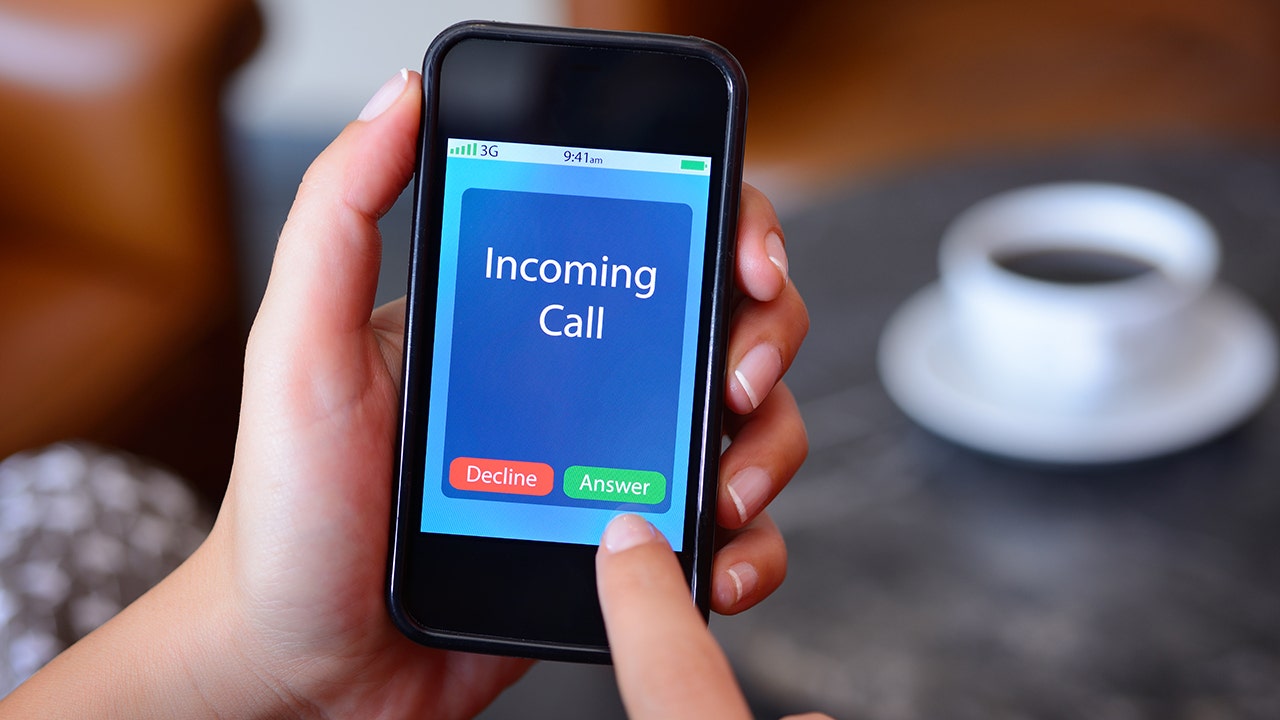What is a Landing Page?
Landing pages are often the first significant part of a campaign that a visitor will see. The landing page provides the visitor with more information and options related to the email campaign, social media, event or ad that brought them there. The landing page moves visitors through your campaign and gives them a clearer idea about your product and offerings. The landing page should grab the visitor’s attention, and it should give them a reason to stay and take action.
Reasons for using a landing page
On the landing page, a visitor can be asked to participate in the campaign by reviewing information, registering for an event or a webinar, downloading an eBook or article, signing up for a free trial or product demo, submitting a form, and more.
Give your visitors a good impression with a professional design and valuable information that builds trust and compels them to engage. It’s important that your landing pages are persuasive and informative without wasting the visitor’s time.
Designing an effective landing page
To keep visitors engaged with your landing pages, keep the following in mind when designing the page:
- Establish familiarity so that your visitor knows exactly where they are. If they are coming from an email, make sure that the “look and feel” of the landing page is similar to that of the email. If they’re coming from an ad you’re running in search or social, ensure your copy and design match your ad.
- Ensure that the value proposition on the landing page aligns with what visitors will expect.
- The copy should be clear and concise and can be consumed easily, which allows visitors to make a quick decision on the offer. Think fewer paragraphs, more bulleted lists.
- Show your product or service in a real-life context. Visuals like images, animations, or demo videos can help you capture and keep their attention.
- Resist the urge to include unnecessary links away from your landing page.
*Tip: Screen resolutions can vary a lot, so design for the devices most people are using. Many campaigns are seeing a significant number of people browsing on their smartphones. For increased mobile conversion rates, design a mobile-responsive landing page that adapts to these devices.
All about the form
Do not use forms that ask for every bit of information about the visitor all at once. You can gradually glean that information as you establish a relationship with the visitor.
Avoid manual entry by using pre-population and picklists in your form. Choosing one option from a list of five is less taxing than asking the visitor to type their answers manually—and, as a result, it’ll lead to more conversions. In addition, if you’re collecting information for reasons beyond lead follow-up, like market research, it also makes crunching this data much easier.
Make sure that the CTA button color is distinct and doesn’t appear elsewhere on the page. This helps the CTA “pop” off the page and moves the visitor’s eyes towards the button.
The CTA copy should be persuasive. Changing the copy to “Send Me the Guide” is more relevant and personalized to the offer then using “Download Now”.
*Tip: For the visitor to download an eBook, perhaps you only need to ask them to submit three fields of information in a form. If you are providing a paid-for analyst report, you may be able to ask for more information to match the value you are providing.
Don’t forget to say “thank you”
When a visitor to your site completes a form, bringing them to a separate thank you page can create new opportunities. It not only lets them know the form has been submitted, but it also gives you the opportunity to re-engage them.
There are many post-conversion possibilities. Use this opportunity to “sweeten the pot” with an additional offer or offers. For example:
- Provide a link to visit your website
- Ask if they want to sign up for your monthly newsletter
- Invite them to visit your Blog page
- Use this opportunity to upsell a trial customer to a premium subscription
- Provide links to “Featured Content” that relates to the offer they signed up for
Adding social media buttons to your page makes it easy for visitors to follow your brand and get updates on your new content. Even if you included social buttons on your landing page, it’s a good idea to include them on the thank you page as well.
Now that you know a little bit more about landing pages and what makes a good one, get out there and start creating! And if you’re looking for additional help or guidance, Contact us – we’re here to help!
Thank you for subscribing!





